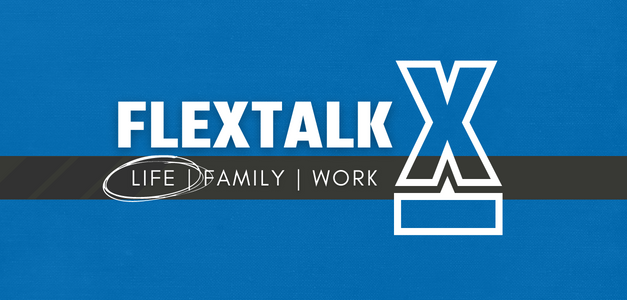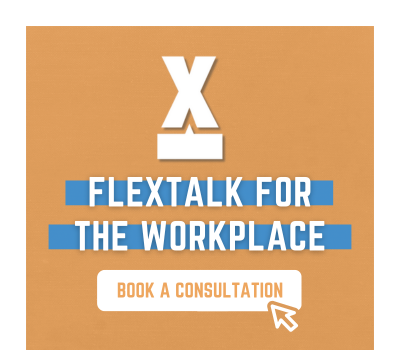If you’ve ever worked on a complex project, you know how crucial it is to get every detail right from the start. A small mistake early on can lead to major headaches down the road. This is where 3D scanning technology comes in, offering a powerful way to make project workflows smoother and more efficient.
So, what is 3D scanning? It’s the process of capturing detailed digital information about the shape and appearance of a physical object or environment. Think of it like taking a highly detailed, three-dimensional photograph. This technology is becoming a game-changer across many fields, from construction to manufacturing, by revolutionizing how projects are planned and executed. Let’s learn how it might be able to help you.
Enhanced Accuracy and Data Collection
One of the biggest advantages of 3D scanning is its ability to capture incredibly precise measurements. Traditional methods, like using a tape measure, can be prone to human error. 3D scanners, on the other hand, create a detailed point cloud—a set of data points in space—that forms a highly accurate digital model.
This level of accuracy minimizes the risk of mistakes that could lead to costly rework. When your initial data is precise, you can be confident that all subsequent plans and designs are based on a reliable foundation, leading to better project outcomes from day one.
Time-Saving Advantages
Projects often run on tight deadlines, and any time saved is a huge win. 3D scanning significantly speeds up the data collection process. What might take a team days to measure manually can often be captured by a 3D scanner in just a few hours.
You don’t even have to do it yourself. There are plenty of qualified scanning services that can come to you. The best part is that these mobile 3D scanning services provide numerous benefits. No matter how you approach it, this rapid data capture means you can move from the planning stage to execution more quickly, accelerating the entire project timeline.
Improved Collaboration and Communication
Clear communication is essential for any project team. 3D scanning helps here by bridging the gap between different stakeholders. It does this by creating detailed 3D models that everyone can easily understand. Instead of relying on 2D drawings, team members can explore a digital twin of the project site.
These visualizations make it easier for architects, engineers, and clients to be on the same page. This will also help them spot potential issues, allowing teams to resolve them in a virtual environment. This fosters seamless collaboration and prevents misunderstandings.
Integration with Existing Tools
Adopting new technology can be challenging, but 3D scanning is designed to fit into your current workflows. You can easily integrate the collected data with popular software like CAD and BIM.
This compatibility allows you to incorporate highly accurate 3D data directly into your design and planning processes. By integrating 3D scanning, you can enhance your existing systems and streamline your project workflow without starting from scratch.
- What industries or projects do you think could benefit the most from 3D scanning technology, and why?
- What challenges or limitations do you foresee in adopting 3D scanning for project workflows?
- How do you think 3D scanning could evolve in the next decade to further streamline workflows?
- What role do you think 3D scanning plays in sustainability and reducing waste in projects?
- Have you used 3D scanning in your own projects? If so, what was your experience, and what improvements would you like to see?


